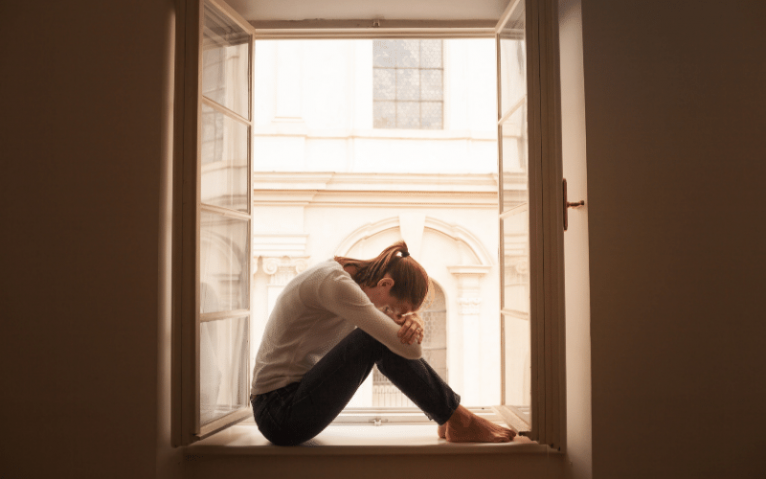In a nutshell, relapse is the worsening of a medical condition that had previously improved. It’s not an issue exclusive to addiction. People can relapse from diabetes, immune disorders, or mental illness. It can often be seen as a sign of failure for those in recovery addiction, and it can often lead to a fatal overdose.
Here’s everything you need to know about relapse and how to identify one.
What’s a Relapse?
Addiction is a chronic disease. When someone suffers one, they experience a recurrence of the disease after going into recovery. This happens when an addict goes through the three stages of relapse and seeks out drug or alcohol use.
It can be one session, or it can drag out for many weeks or months. As long as they return to treatment, it’s considered a relapse. If they don’t go back to rehab, they experienced an episode that triggered a return to full-blown addiction.
Different Types
Not all setbacks are the same. Researchers across the country have spent many hours studying what happens before a relapse. People go through what we know as the “three stages of rehab.” Some people might stop the evolution of their deterioration, while others will go back to treatment.
Here are the most common types of relapsing:
- Emotional Relapse: This happens when someone cannot manage difficult emotions, like grief or frustration. It can also mean mood swings, intense anger, and loneliness. Additionally, it often leads to a shift in thinking and behavior.
- Mental Relapse: This is the stage at which someone starts to think seriously about relapsing. Generally, it means obsessing about drugs, irrational thinking, and finding reasons to justify a “slip.”
- Physical Relapse: This includes physically using a drink or a drug. But before that happens, it means engaging in high-risk activities, such as being around drugs, starting to keep secrets, and “sneaking around,” and preparing to use.
The Difference Between a Slip and a Relapse
Many people confuse a slip and a relapse; however, these two are very different from each other. Slips are occasions when recovering addicts partake in a small amount of an addictive substance and then stop.
For example, taking a sip of champagne at a wedding toast or taking a joint hit when a friend is smoking. These are slips.
However, recovering addicts need to recognize these as slips and remember that they should not be the norm. After longer periods of abstinence, even the smallest misstep can revitalize cravings and cause a potential full-blown return on addiction.
Understanding the difference between a slip and a full relapse is paramount to know exactly what to do after. It’s expected that you can feel defeated if you mislabel the situation and go back to old behavioral patterns.
How Common is Relapse?
So many people, both recovering addicts and their family members and friends, consider relapsing a failure. Even some treatment programs give addicts that relapse a hard time. However, considering it a normal part of recovery is a more realistic and helpful way to look at regression.
In reality, most substance abuse relapse rate is between 40 and 60 percent—most of them relapsing within a year of leaving treatment. The early stages of recovery are the hardest for relapsing as most people in recovery are trying to return to their everyday life. However, this often means returning to their old neighborhood and hanging out with their previous friends that most likely are still struggling addicts themselves.
Signs to Watch For
Everyone will experience different warning signs. However, not paying close attention to these red flags can be very dangerous. Some of the common symptoms to watch for include:
- Fantasizing about drugs and past drug abuse
- Spending more time around bad influences
- Missing treatment or therapy sessions
- Justifying small or moderate drug or alcohol use
- Engaging in compulsive behavior
- Consuming large amounts of time in isolation
- Struggling with increasing mental health symptoms
How to Respond Positively
While a setback in recovery needs to be taken seriously, it isn’t the end of the world. Relapse prevention therapy (RPT) focuses on anticipating a setback and planning for these situations. It primarily focuses on:
- Behavioral and lifestyle changes: that help people establish habits that promote recovery and prevent relapses, such as exercise, relaxation techniques, and a healthy diet.
- Coping skills training: by learning the right coping skills, people can better control urges and navigate high-risk situations.
- Cognitive therapy: different psychotherapies can help people reframe how they think about relapse to see it as an opportunity to adjust rather than a personal flaw that leads them back to drug addiction.
What to Do After
Regression must be taken seriously, but ideally, you want to respond to them positively. Most addiction treatment centers plan for regression and include coping skills to prevent relapse as part of the process. By working in relapse prevention, you can anticipate many factors that might lead you to engage in addictive behavior again. Plus, it helps you plan for these situations.
At Lighthouse Recovery Institute, we integrate drug relapse prevention in all of our addiction recovery treatment programs and aftercare recovery programs to help patients transition into sober living. Call 866-308-2090 now for a free, confidential, quick screening.
No matter what, it’s essential to stay focused on your recovery immediately after a slip. Take the time to think through the warning signs and the triggers that led to the regression. Stressful situations can cause deterioration, for example. Putting the events that led to relapse in perspective can help you avoid one in the future.
Remember, if you are in the early days of alcohol or drug abuse recovery, having support from your family and friends, as well as your recovery therapist. If you ever relapse, don’t beat yourself up. Instead, take this opportunity to learn from the experience.









